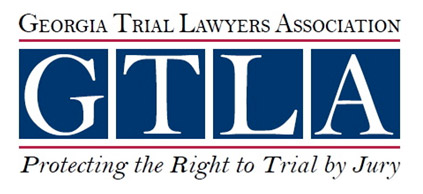What Defines a Class Action Lawsuit?
Class action lawsuits are filed on behalf of a large number of people (a “class”) who have suffered the same or similar injuries caused by the same defendant, often a corporation or other large organization. Class actions are often brought when the injury suffered by each individual is relatively minor, such that pursuing litigation on their own may not be economically feasible. However, when you add together the claims for the entire class, the value of the claims increases and the economies of scale in consolidating discovery, witnesses, experts, etc. make pursuing the claims manageable. In sum, class actions provide individuals a chance to fight back against corporations who have deep pockets for legal counsel prescriptive arbitration provisions in the contracts.
The qualifications for a class action suit are:
- The number of plaintiffs in the class makes it effectively impossible for them to all participate in the suit individually.
- The class members’ claims involve the same questions of law or fact.
- The claims of the class representatives (the named plaintiff(s) in the suit) are of the same type as the larger class.
- The class representatives (lawyers and plaintiffs) will sufficiently protect the interests of the class as a whole




